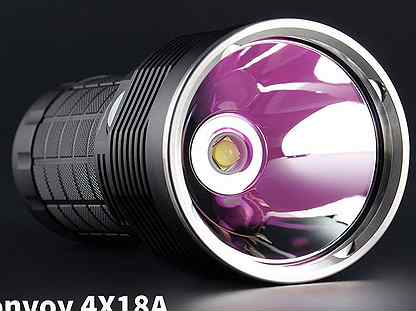
Symptoms of Poor or Faulty Steering Stabilizer Stop
Common symptoms include vehicle shaking while driving, a feeling of looseness in the steering, and jerky steering while driving.
Trucks and SUVs with larger aftermarket tires and wheels require the use of a steering stabilizer stopper to protect the suspension from damage, help reduce suspension travel, and provide a smoother, safer ride. These parts are aftermarket accessories that are typically installed after the completion of suspension or tire upgrades that do not comply with the mandatory recommendations of the vehicle manufacturer.
Dealer-sold suspension is designed to use specific size tires or wheels that work in conjunction with the standard suspension. When truck and SUV owners make the decision to upgrade their stock tires and wheels or suspension, the immediate results often lead to what's called a "death swing." This condition is caused by added weight and stress on steering components and suspension support parts and can cause premature wear of many components.
To prevent such situations from occurring, the steering stabilizer stop has been developed and is widely used. However, like all mechanical parts, over time the rudder stabilizer stop wears out or shows signs of failure.
Here are a few typical warning signs that appear when the steering stabilizer wears out or needs to be replaced.
1. Car shakes while driving
The most common damage that happens to a steering stabilizer stop is faulty seals, which contain pressurized fluid inside and allow the stabilizer to do its job. However, when the seal bursts, the tire/wheel combination tends to overburden the stock suspension and cause vibration that is felt in the steering wheel. Unlike tire balancing issues that usually show up at higher speeds, this shaking will be noticeable at low speeds and will gradually get worse as the truck speed increases.
If you notice that the car is shaking when you start accelerating, stop the car and check under the front suspension and look for fluid that has "splattered" under the front end. If you see this, then most likely due to burst seals in the stop of the steering stabilizer. This will require you or an ASE certified mechanic to replace the steering stabilizer post as soon as possible to avoid further damage to your vehicle.
2. Steering loose
Another common warning sign of a bad steering stabilizer is that you feel like you can't control your steering. The steering wheel will wobble, or the truck will float on the road, or worse, it won't respond to manual control. This is usually a warning sign that the steering stabilizer stop is worn or the seal is starting to leak. If you notice this warning sign, a worn seal may be repairable; however, it is recommended to completely replace the steering stabilizer lugs on both sides of the vehicle. As with any suspension or brake work, it is recommended to always replace both sides on the same axle.
3. Steering twitches while driving.
When the steering stabilizer stop is broken, the suspension will be looser than normal, which usually causes the steering wheel to shake. However, this problem can also cause the steering to jerk or shake while driving. This is caused by additional suspension travel when the steering stabilizer stop breaks.
The solution here is to replace the steering stabilizer stop with a new one and then adjust the front suspension to ensure proper tire wear.
The steering stabilizer stop ensures that even if you have fitted your vehicle with oversized tires, your steering will remain reliable, safe and efficient. If this part starts to go haywire, it can make driving very difficult since you won't have the same control, but even worse, it can cause serious safety issues while driving.
Any time you find any of the above signs of a bad or faulty steering stabilizer post, have a certified mechanic replace the faulty steering stabilizer post to eliminate any further complications with your vehicle.

